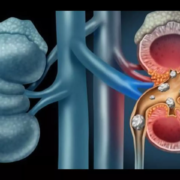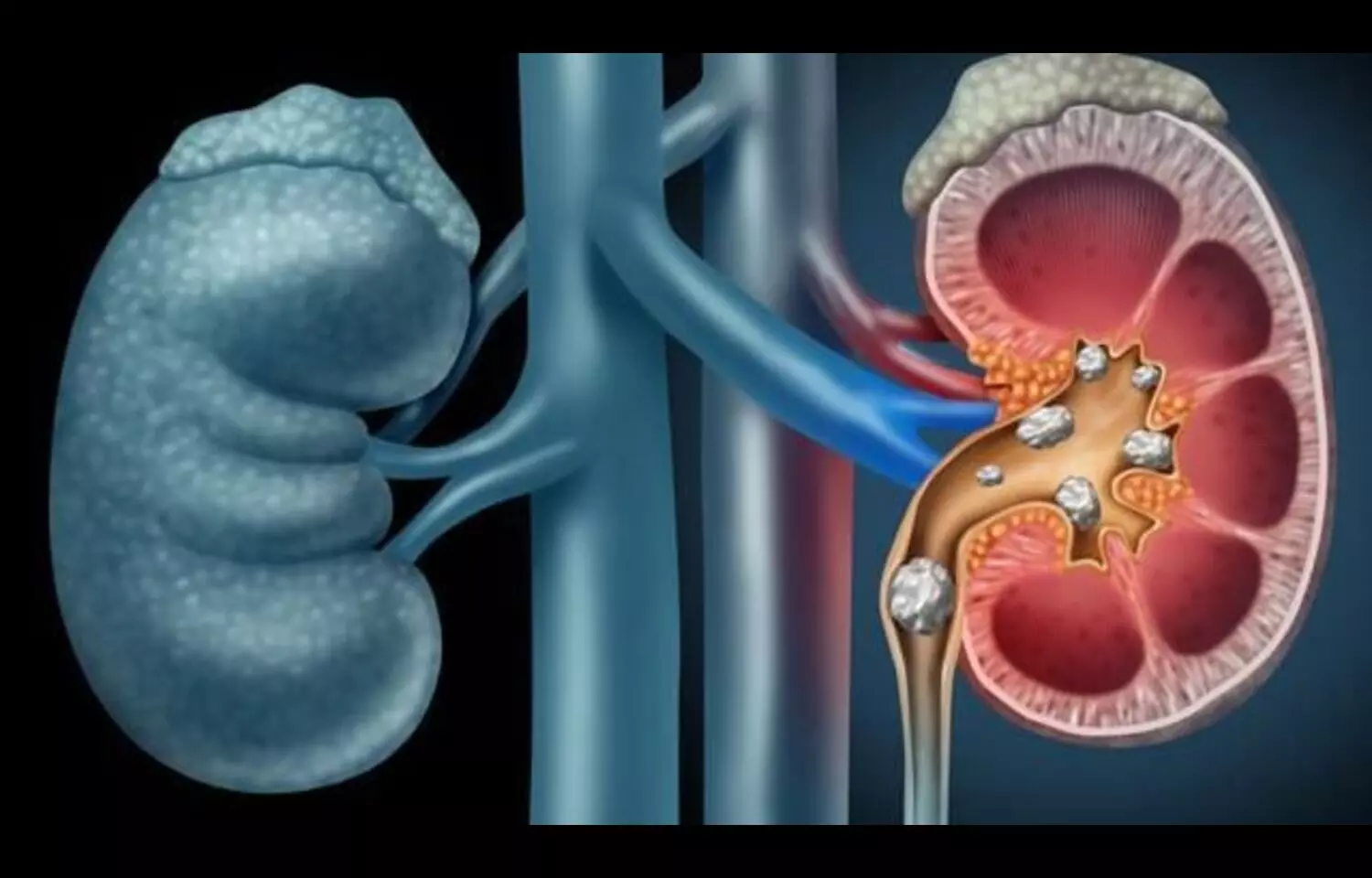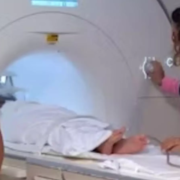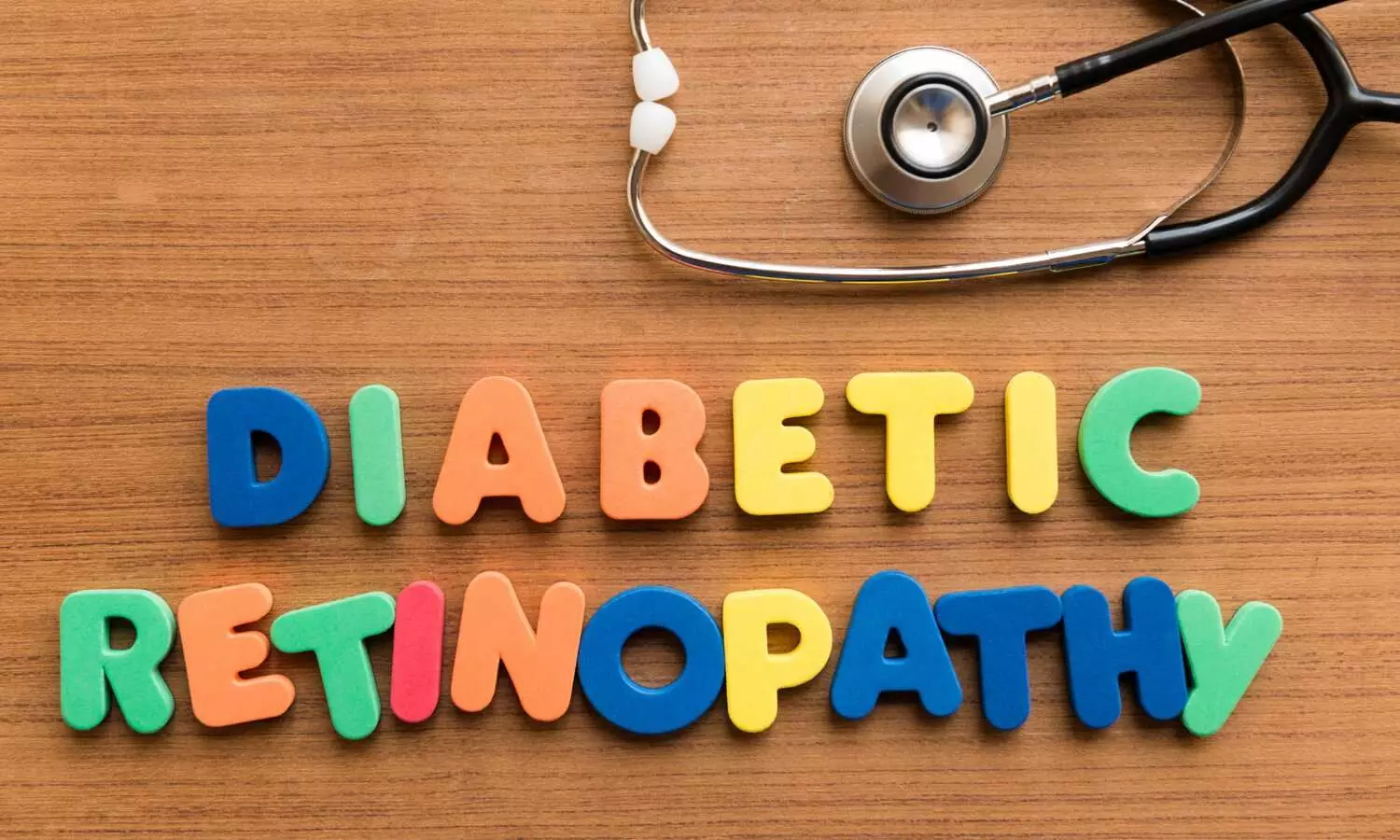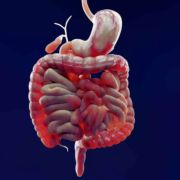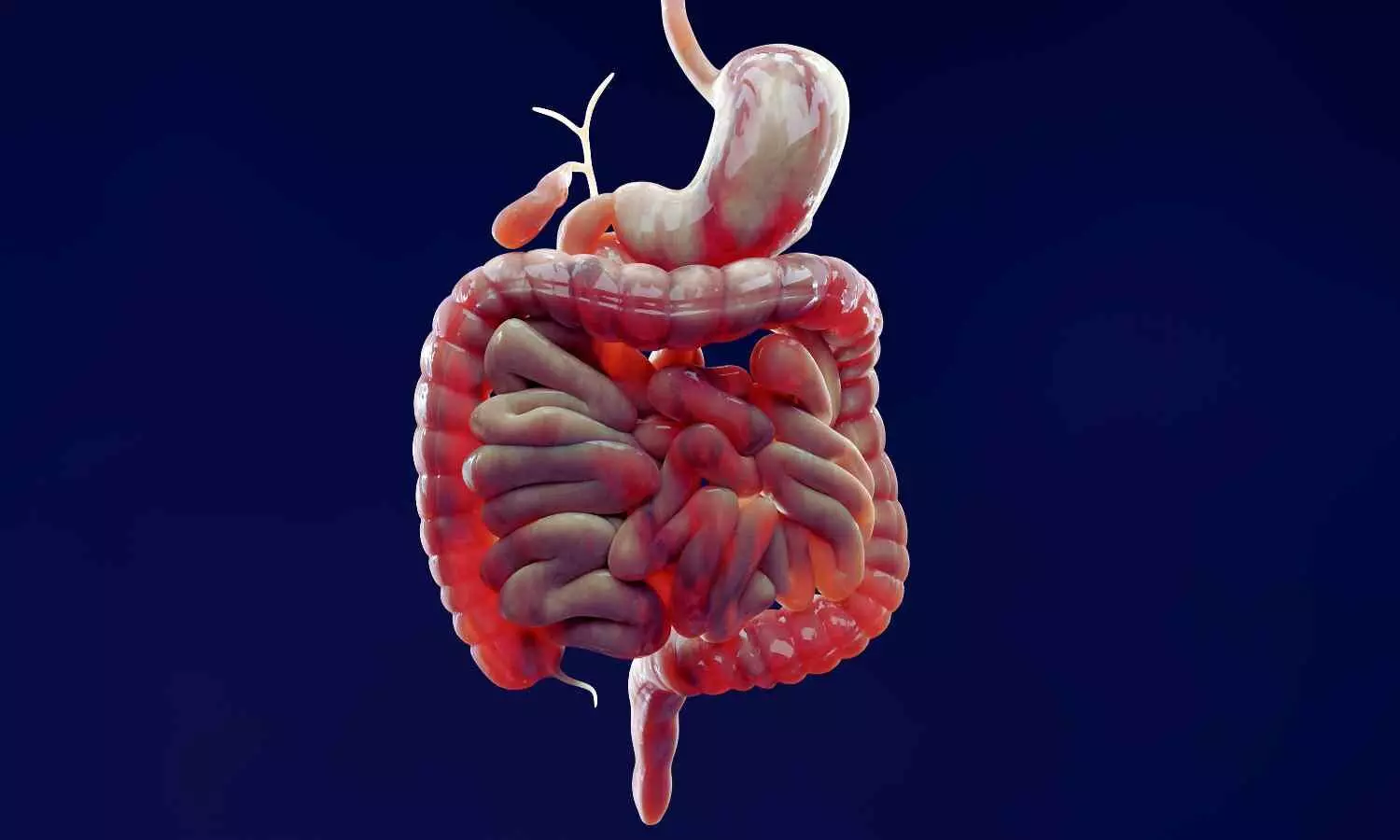Maternal Dietary Diversity Lowers Childhood Eczema Risk: Study
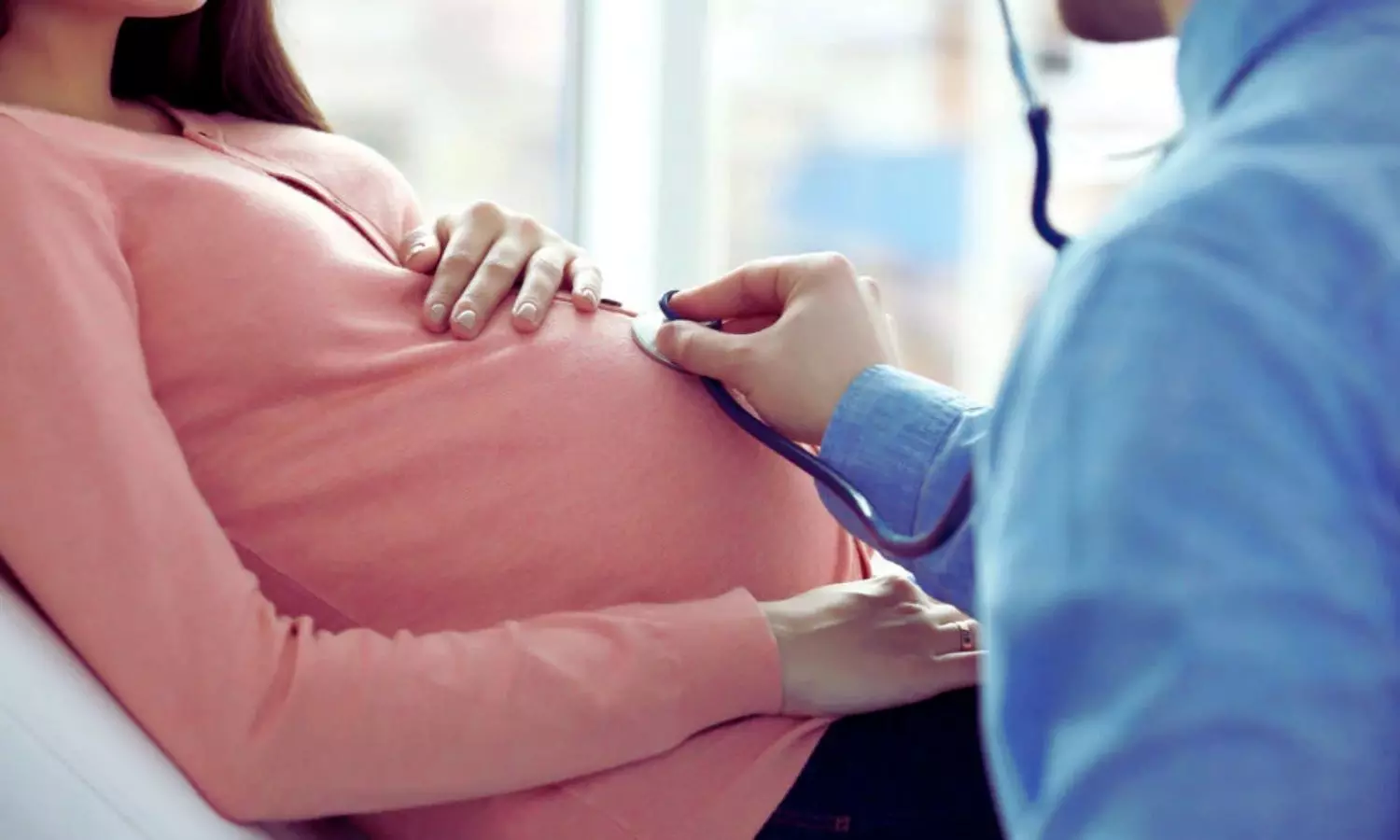
A new study published in the journal of Pediatric Allergy and Immunology revealed that greater dietary diversity during pregnancy was associated with a reduced risk of atopic dermatitis in early childhood. The findings of the study emphasize on the potential protective role of maternal nutrition.
The research followed 677 mother-infant pairs from pregnancy through the children’s first 3 years, examined how maternal dietary diversity influenced the development of atopic dermatitis, while also considering the role of the infant gut microbiome.
To assess diet quality, this study used the Minimum Dietary Diversity for Women (MDD-W) guideline developed by the Food and Agriculture Organization. This measure evaluates whether a mother consumes foods from a broad range of groups, including whole grains, proteins, dairy, fruits, and vegetables, during pregnancy. Infant gut microbiota was analyzed at 2 months postpartum, and the incidence of atopic dermatitis in the children was monitored up to age three.
Also, while maternal diet did not appear to influence the overall diversity of the infant gut microbiome (alpha and beta diversity) it did alter its composition. The study highlighted 2 bacterial genera namely Rothia and Parabacteroides, both of which were linked to reduced risk of atopic dermatitis when present in greater abundance.
The analysis also revealed a connection between maternal nutrient intake and microbiome composition. Vitamin A-rich fruits and vegetables, like carrots, sweet potatoes, and leafy greens, were linked to higher levels of the Parabacteroides genus, which suggests a potential pathway through which maternal diet supports infant immune resilience.
The mothers with the lowest dietary diversity had the highest rates of children developing the condition, whereas the individuals with the broadest food group intake showed markedly lower incidence. Additional data demonstrated that while microbiome diversity metrics (alpha and beta diversity) were not significantly different across groups, shifts in microbial composition were consistently observed in association with maternal diet quality.
Overall, the findings suggest that maternal dietary diversity during pregnancy may help protect against atopic dermatitis in children, possibly through modulation of the infant gut microbiome. However, further studies are required to confirm these findings and clarify the biological mechanisms involved.
Source:
Huynh, L. B. P., Fan, H.-Y., Huang, S.-Y., Nam, N. N., Nguyen, T. T., & Chen, Y.-C. (2025). Influence of maternal dietary diversity during pregnancy on infant atopic dermatitis: Exploring the microbiome link in a Taiwanese birth cohort. Pediatric Allergy and Immunology: Official Publication of the European Society of Pediatric Allergy and Immunology, 36(9),. https://doi.org/10.1111/pai.70200
Powered by WPeMatico


